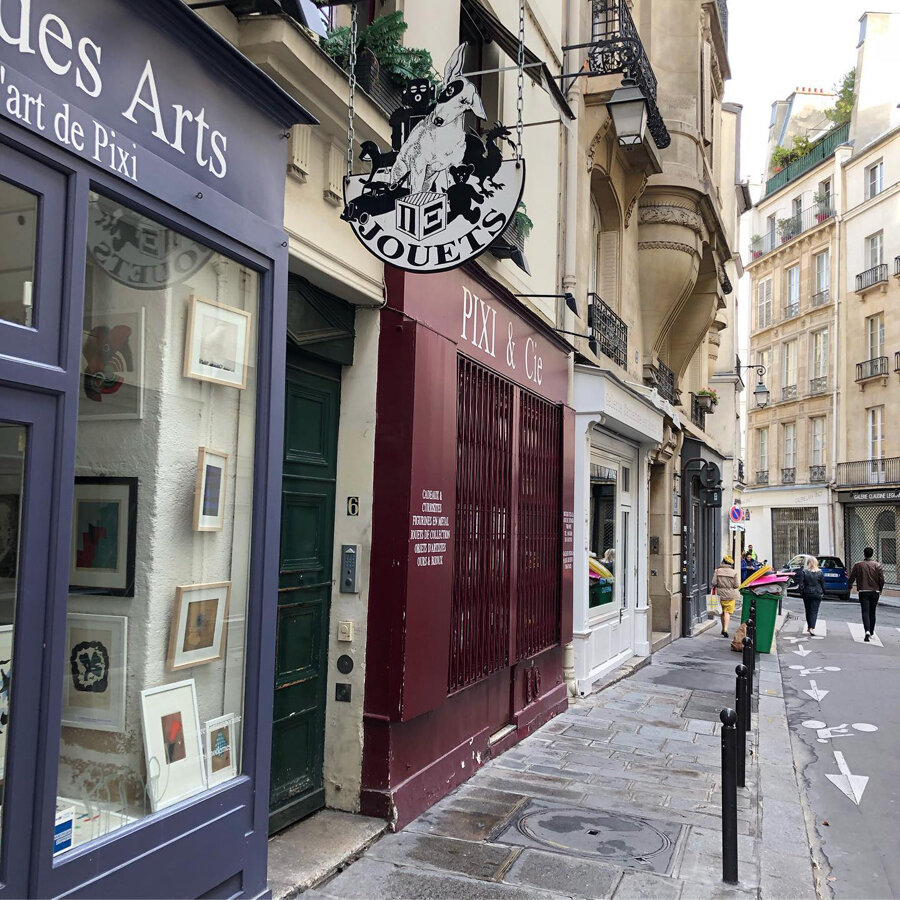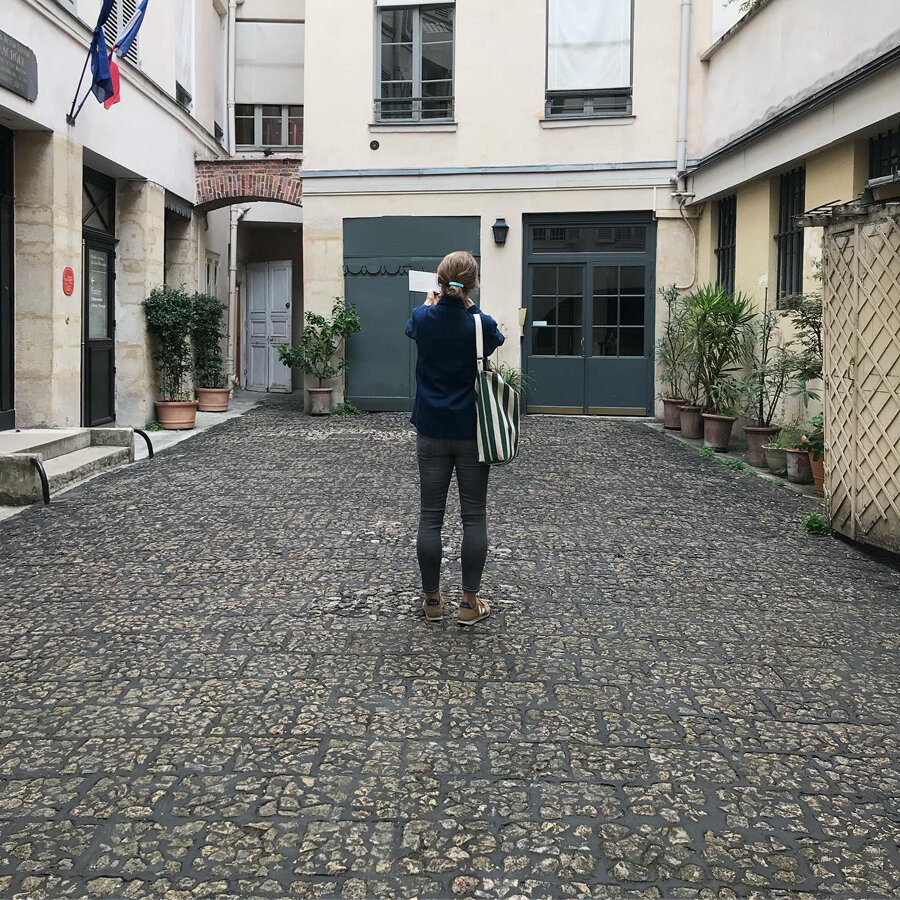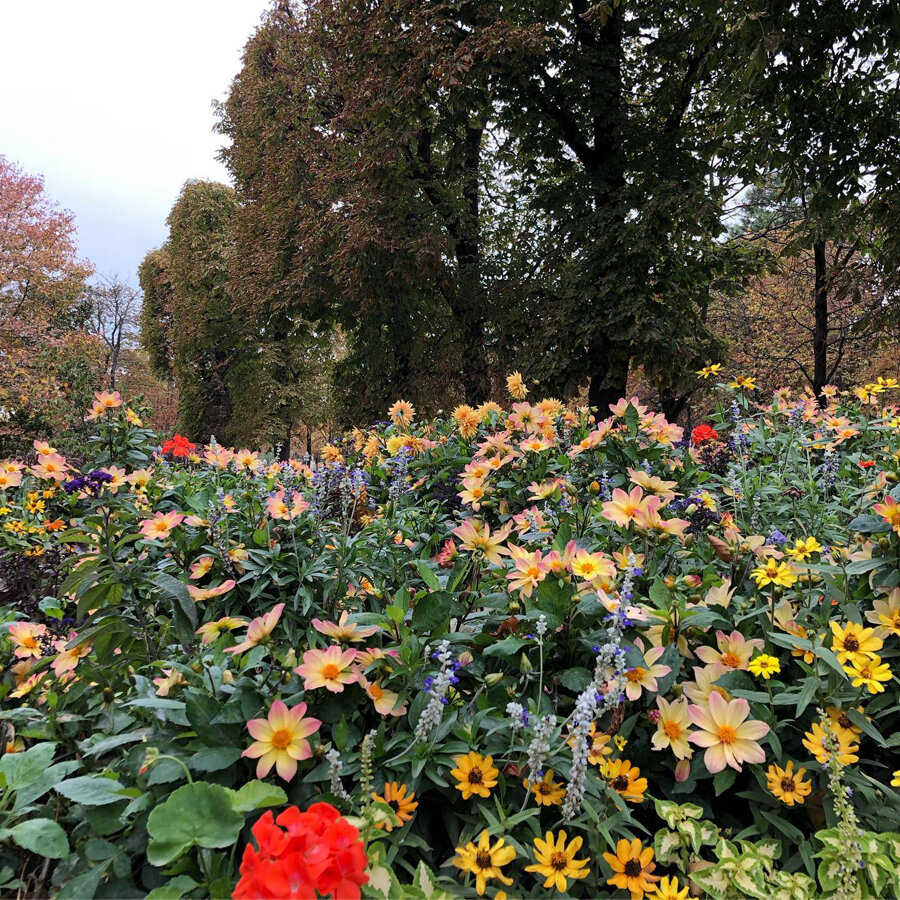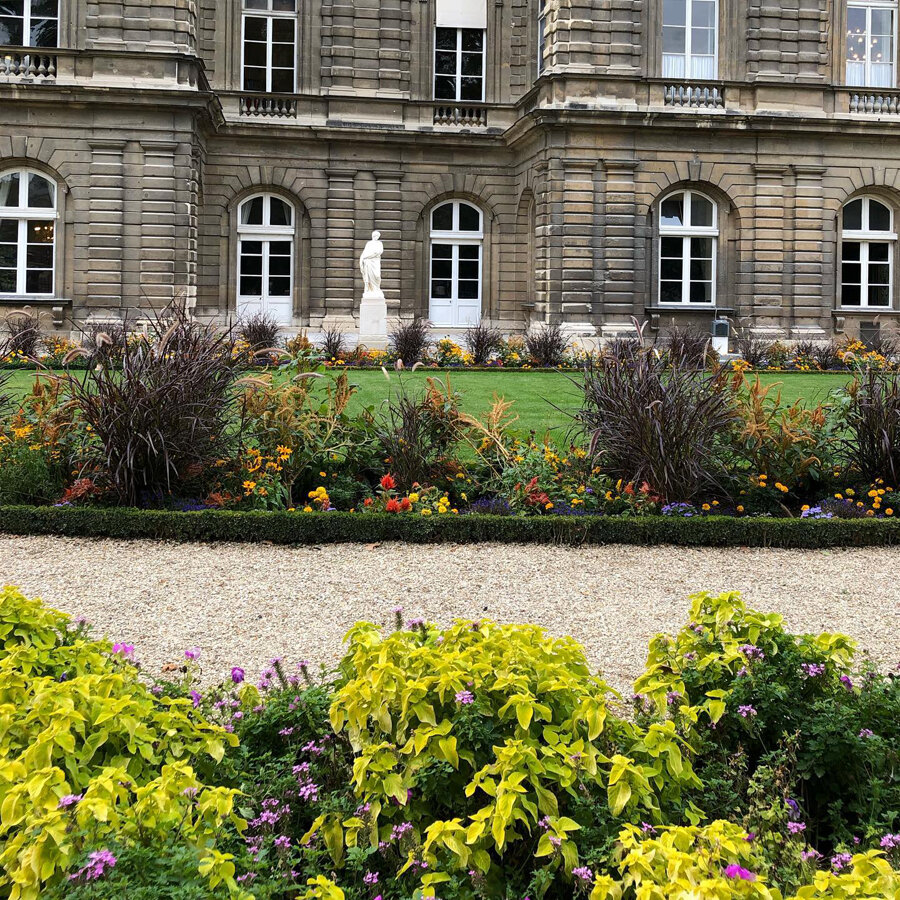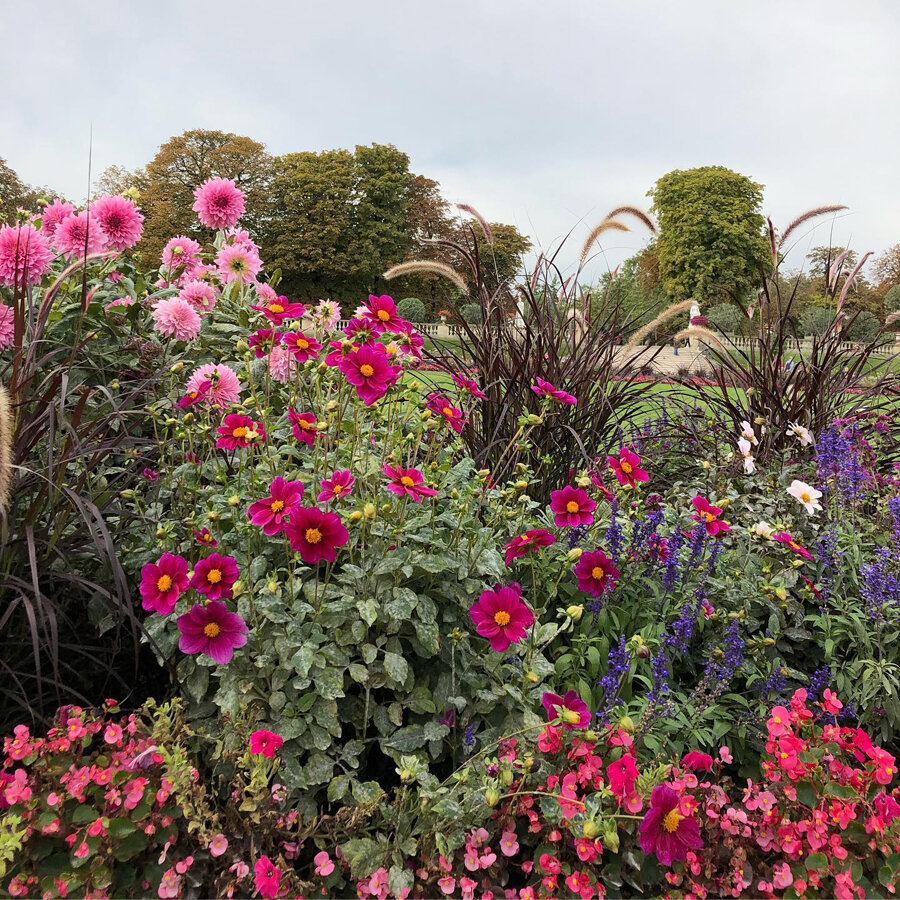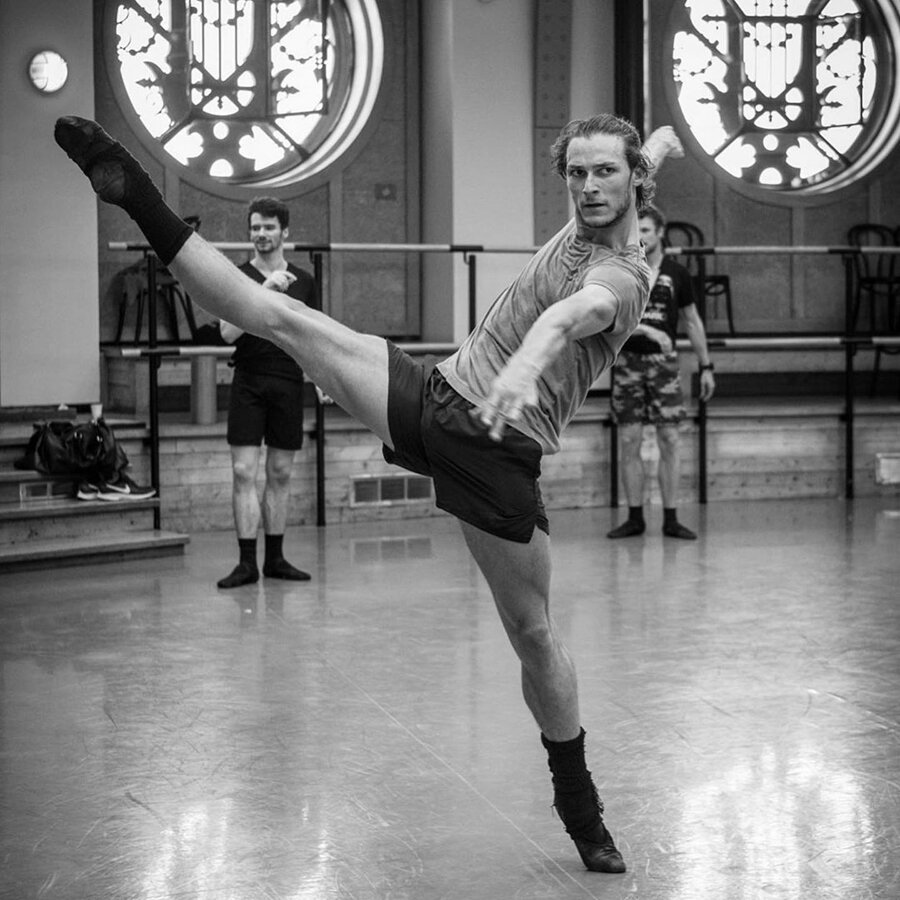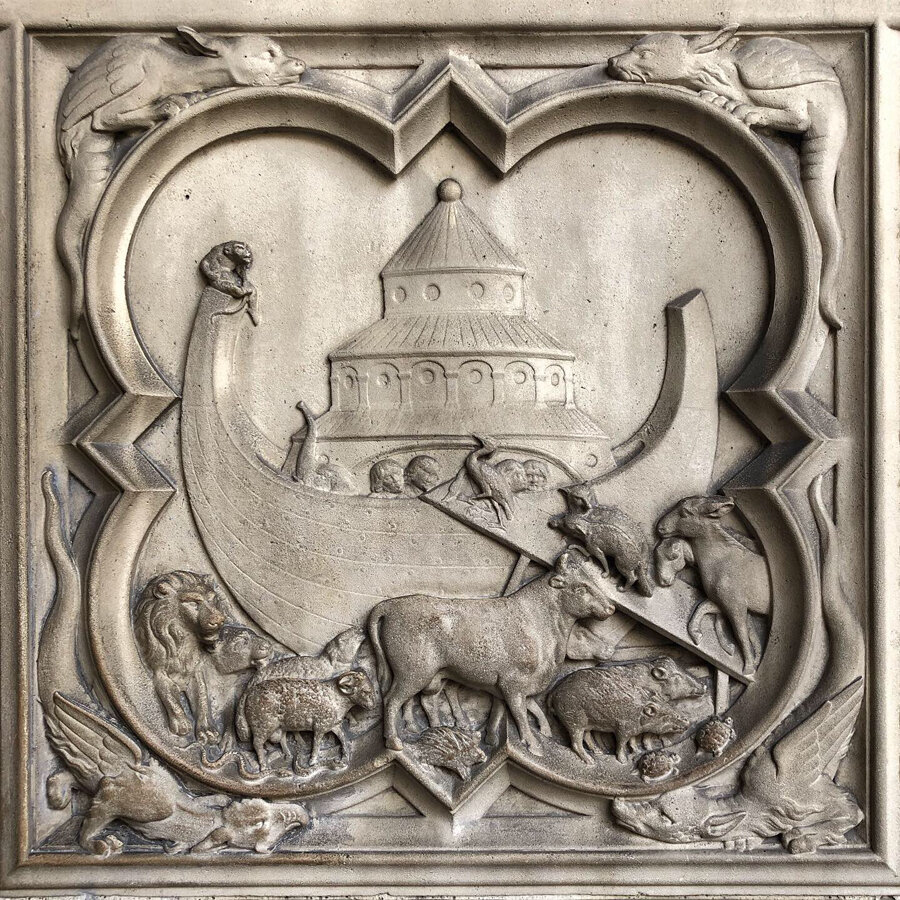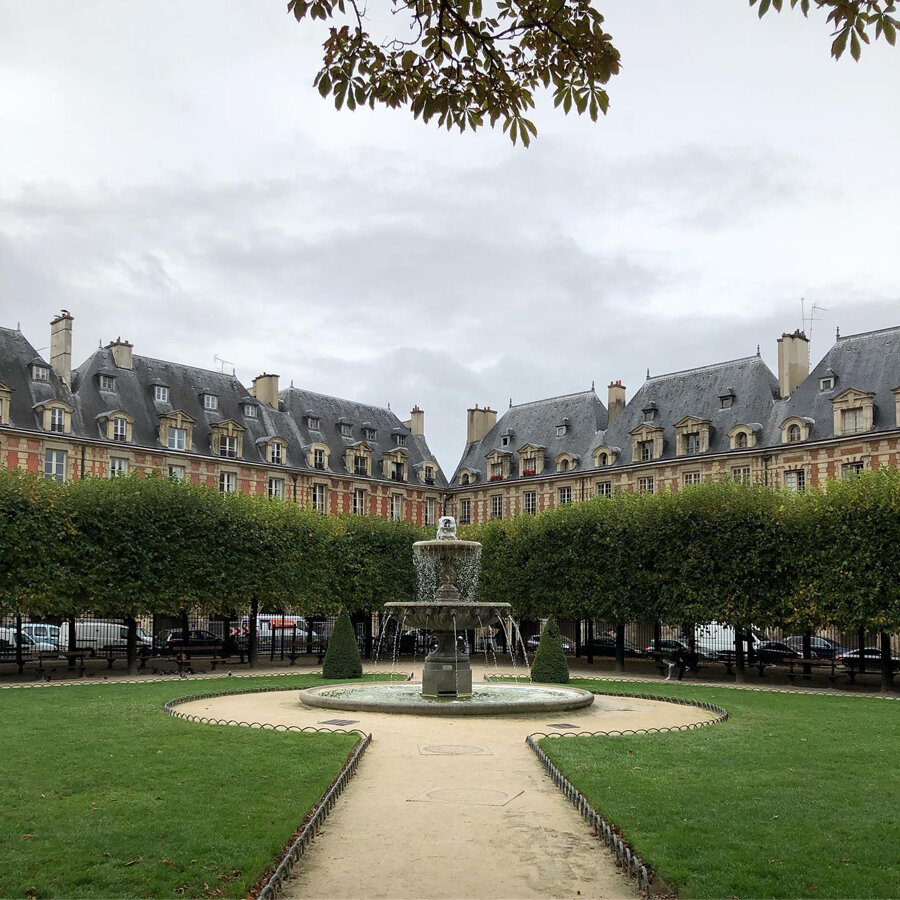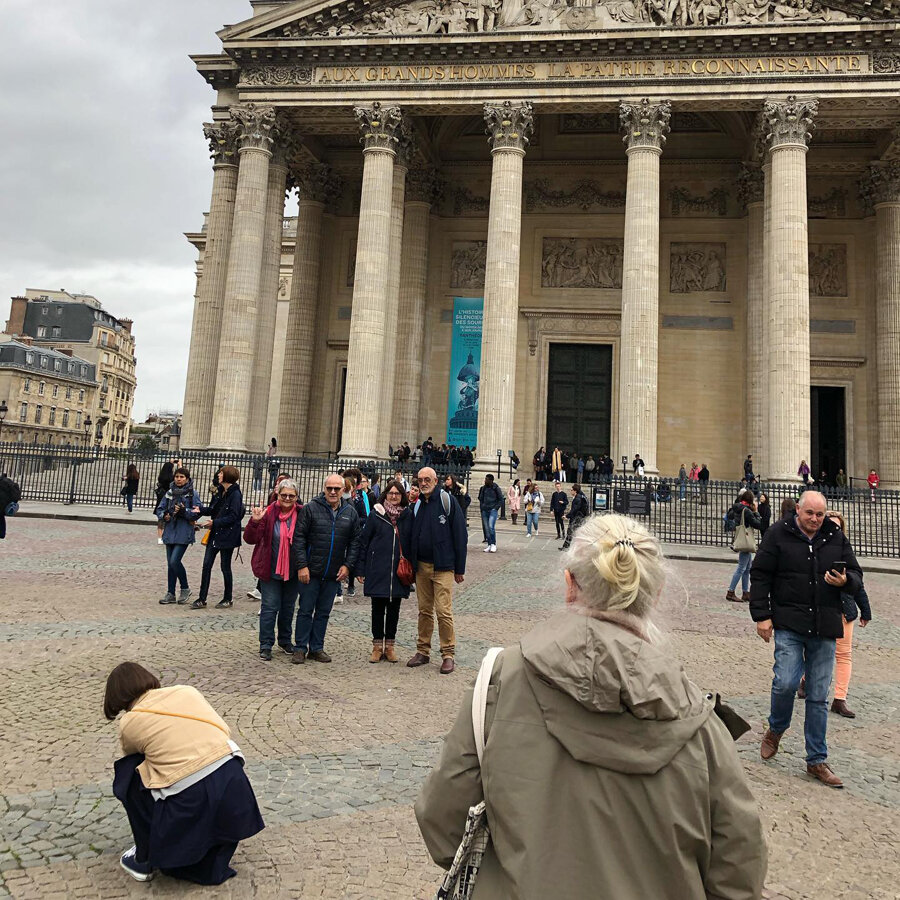At the Hawk’s Well

Paris, rewound
September – October 2019
3rd October:
Before a white-tufted albatross chick, a mounted platypus, and a tiny songbird on a perch (at @deyrolle.officiel), an email from the Cat Motel lands with a whisper in my pocket:
“Your little trio are slowly settling in. They are all still pretty much keeping to themselves for the time being, which is perfectly normal when first coming into a cattery.
This morning I lured Arthur out of the kennel and once he was out he was all smooches and purrs! I don’t think it’s going to be long before he’s out flirting up a storm.
Lenni isn’t tempted to come out and say hello yet, and is using Arthur as a protective shield!
Olive is so sweet and so good at taking her tablets! She’s discovered the stacked hidey holes and is currently all curled up in there having a nap.
They are all eating well over night, which is great to see.
Once they venture out of their cubby holes I will endeavour to get some pics for you, but for now I will definitely pass on some cuddles.
Kind regards,
@thecatmotel”
Thank-you Erin.
4th October:
In Delacroix’s courtyard, taking photos of Louise’s beautifully mapped itinerary. The Musée Eugène Delacroix (@museedelacroix), a last minute addition, may not have been open, and the Musèe de Minéralogie (@mineralotech) may not have been possible owing to a small matter of a fire evacuation, but we’re still on track, little book-wise. Soaking it up, step by step, pic by pic.
* * *
Sometimes you see things that stop you in your tracks. Things that make you think, things that hit you right between the eye, or you feel in your heart. Du Douanier Rousseau à Séraphine: Les Grands Maîtres Naïfs at Musée Maillol (@museemaillol) did just that. From The Sea Forever Starting Over to improbable combinations on Magnetic Tables, “the world created by such an approach has all the symptoms of reality (...). But behind its regular, objective façades, there is uncertainty, mystery, and sadness” (William Uhde, collector and art critic, about Louis Vivin’s Sacré-Cœur landscapes). And a Bombois’ lobster.
* * *
Séraphine Louis, making the world appear anew to us three.
“Louis’ flora is a world in itself. A lay sister in a convent and a housekeeper for families in Picardy, she heard voices, around the age of forty, telling her to take up painting. Her first paintings offer viewers representations of everyday flowers and fruit, which are recognisable despite the sometimes fanciful foliage. Over the years, her plant compositions became increasingly fantastic: leaves and clusters of grapes were grafted onto the trunk of a palm tree, fruit grew on the roots of an apple tree, and branches whirled like fireworks. She invented new plant species, which are distinguished by their heart-shaped leaves, veine with paint drops and sometimes covered with a white or coloured “fleece”. The viewer is confronted with breathtaking vegetation, which occupies the painting’s entire pictorial space, sometimes leaving little else to see. The bright Ripolin paint colours that she used out of convenience and taste gave the paintings a particular luminous quality, which she liked, perhaps because it evoked the stained-glass windows of the cathedral in Senils. A vase or a horizon line sometimes places the bouquet in a reality that remains uncertain: the tree of life and the inversion of the sky and the land are disquietingly evocative of apocalyptic visions. Catastrophe was very much a part of the world of Séraphine who stated that the Virgin had asked her to take up painting and that she was preparing for the end of the world” (@museemaillol).
* * *
It all fits. Beautifully. Looking back through the camera roll.
The Final Bouquet.
“André Bauchant, the first “modern primitive” artist who attracted the attention of Dina Vierny, was also one of the most prolific painters. In a career that spanned more than thirty years, he created hundreds of paintings of every genre: portraits, landscapes, bouquets, seascapes, religious scenes, large historical and mythological compositions, and even a set for a ballet — Apollon musagète — for the director of the Ballet Russes, Serge Diaghilev. ...[In this large self portrait dating from 1938, Bauchant has] represented himself as a gardener standing behind his work: a monumental cultivated flower bed. This is a pure image that takes up more than half the picture space. Behind it several place that were dear to the artist are visible: his native house, the town of Château-Renault where he grew up, and the basin in the garden of one of his residences. As always, the great difference in scale between the foreground and the background is abrupt. But a central figure — that of the artist himself — links these images together” (@museemaillol).
4th October:
Last night, something golden, to further make the link, and draw the white noise line of Hiroshi Sugimoto in the bright light streak of a passing river cruise boat on our walk home. Sublime!
Video, alongside a painting by Louis Vivian, courtesy of @balletoperadeparis:
“Lever de rideau sur ‘At the Hawk’s Well’ : un subtil mélange entre théâtre nô et danse contemporaine.”
5th October:
The memory of last night, its rhythm light to carry and unfixed. Pondering still “notions of being, time, death and identity”. A haunting echo.
At the Hawks Well
Hiroshi Sugimoto
Blake Works I
William Forsythe
@balletoperadeparis
(Black and white studio image courtesy of @humarchand photographed by @annray2046: “I will perform Blake Works I by the genius @william_forsythe_ .... and I will also be part of Hiroshi Sugimoto’s new creation.”)
* * *
There was Vivaldi. There was a milky light. There was, like last night’s performance, and many things encountered, transcendence. Of a kind. There always is. In the red, blue, green flicker light “pouring north across the Seine [much] rustled into place”. Upon weary pins, and with happy hearts, and croissant crumbs on the fingertips.
“Then violins
vaunting Vivaldi’s strident strength, then Brahms,
seemed to suck with their passionate sweetness,
bit by bit, the vigor from the red,
the blazing blue, so that the listening eye
saw suddenly the thick black lines, in shapes
of shield and cross and strut and brace, that held
the holy glowing fantasy together.
The music surged; the glow became a milk,
a whisper to the eye, a glimmer ebbed
until our beating hearts, our violins
were cased in thin but solid sheets of lead.”
— John Updike, Evening Concert, Sainte-Chapelle
5th October:
At the Musée Picasso (@museepicassoparis), the evacuation alarm sounded as I stood before Figure (1927). It was but a test, so I kept on, beneath the plant-inspired chandeliers by Diego Giacometti. In the remodelled former Hôtel Salé, “the historic staircase is the central axis of the building, its backbone, the place where the visit starts”. Or, for us, the place where we can all find each other after a five-minute alarm.
* * *
There is a joy that comes from finding the oldest 140 metre × 140 metre square, Place des Vosges, in Paris. From being asked, through sign language, to take a photo of a group of people before the Panthéon. From finding Victor Hugo not at home for visitors (Maison de Victor Hugo is currently being renovated), but in a crypt beside Alexandre Dumas and Emile Zola, where Voltaire, Rousseau, Marie Curie, and others sleep beneath Foucault’s pendulum. Yes, there is joy!
Image credit: Artists of Paris Opera Ballet in Hiroshi Sugimoto’s At the Hawk’s Well, After William Butler Yeats, 2019, © Laurent Philippe





